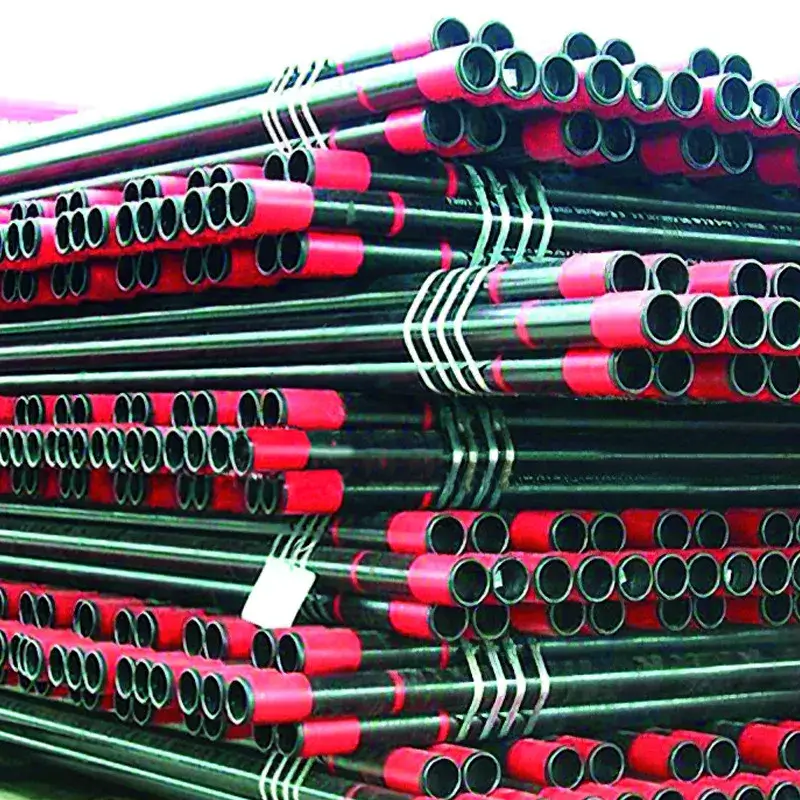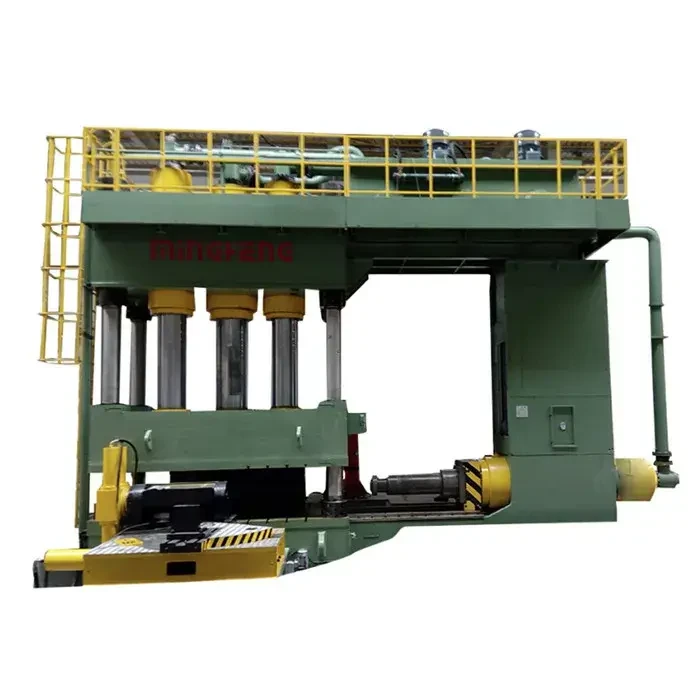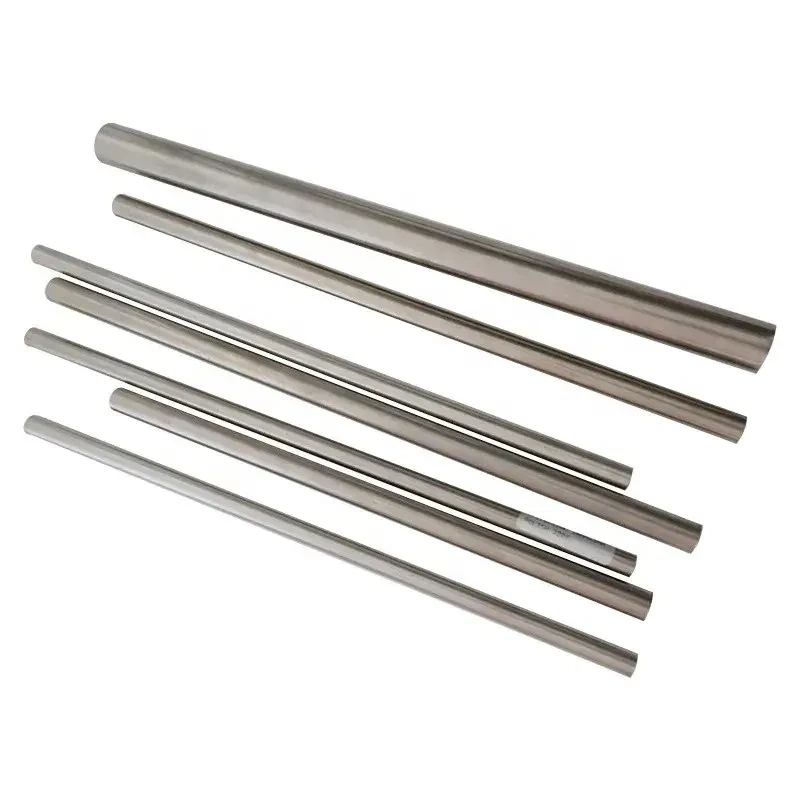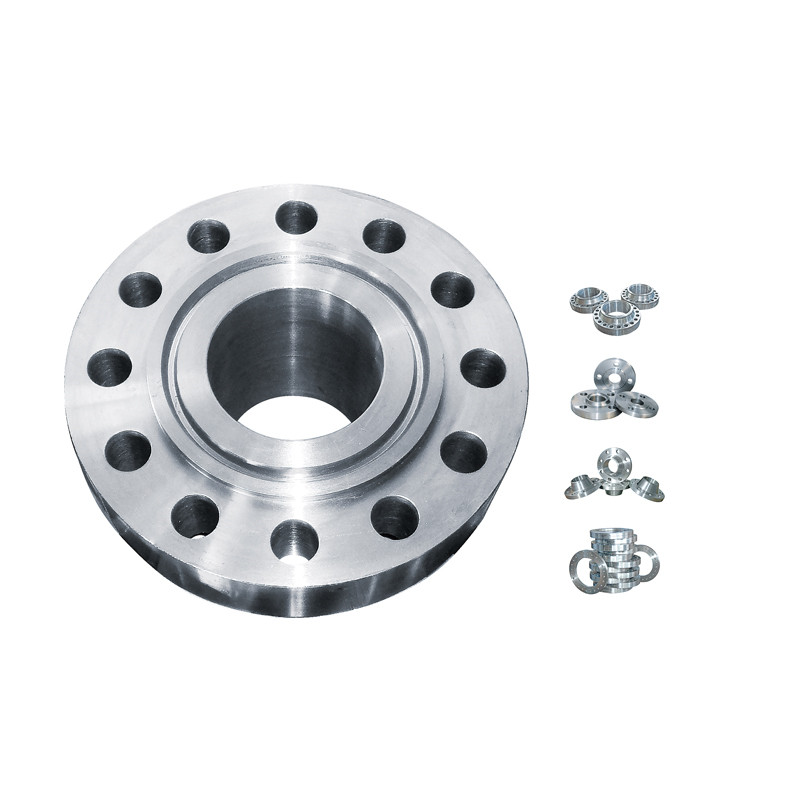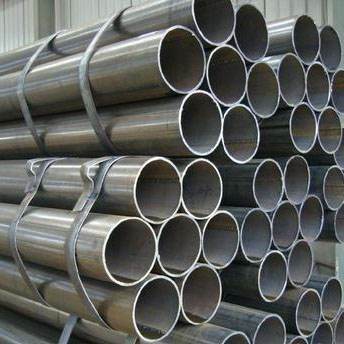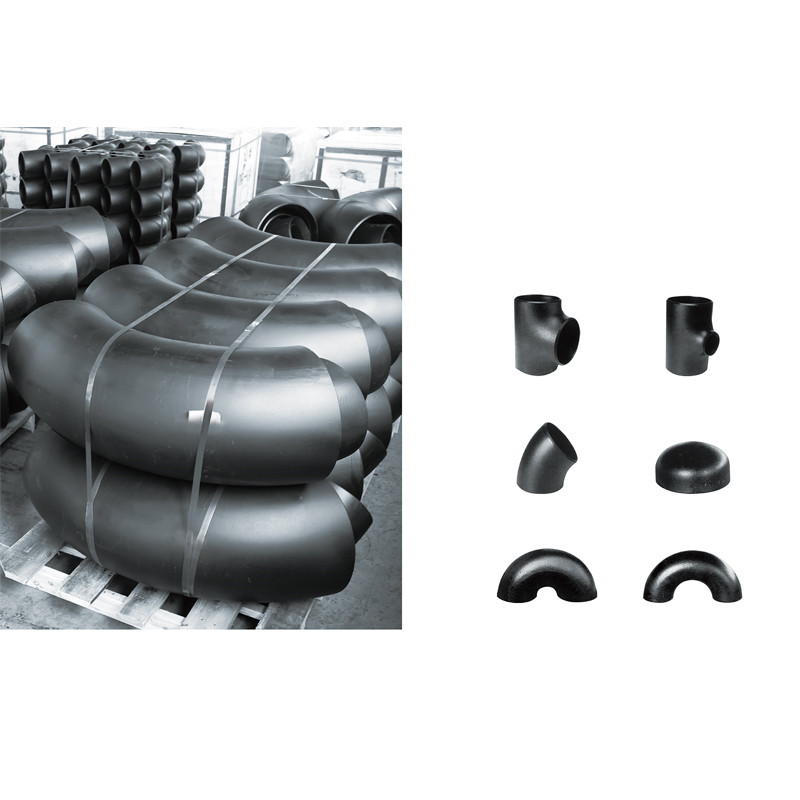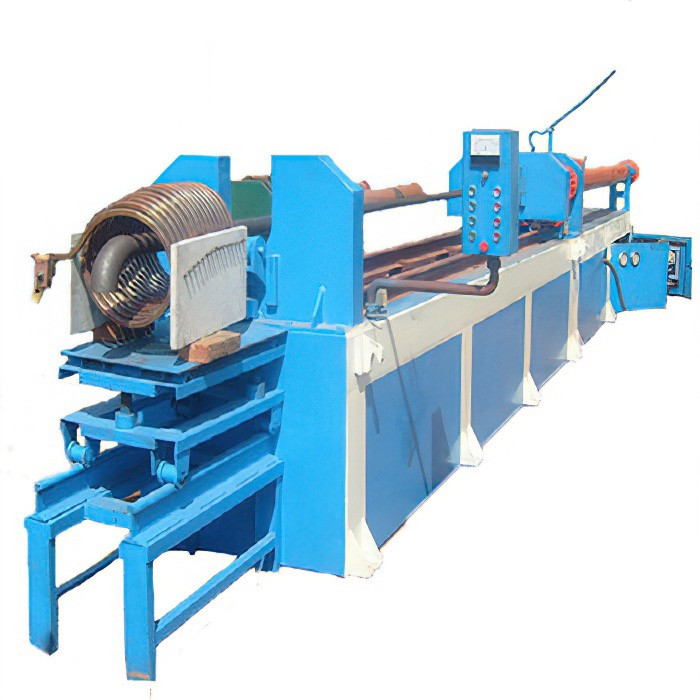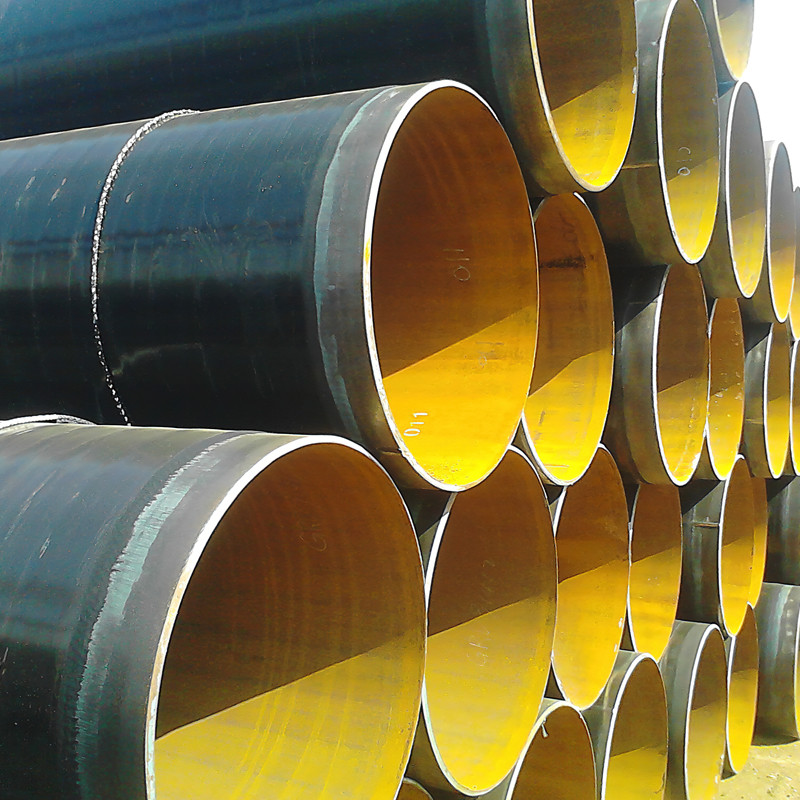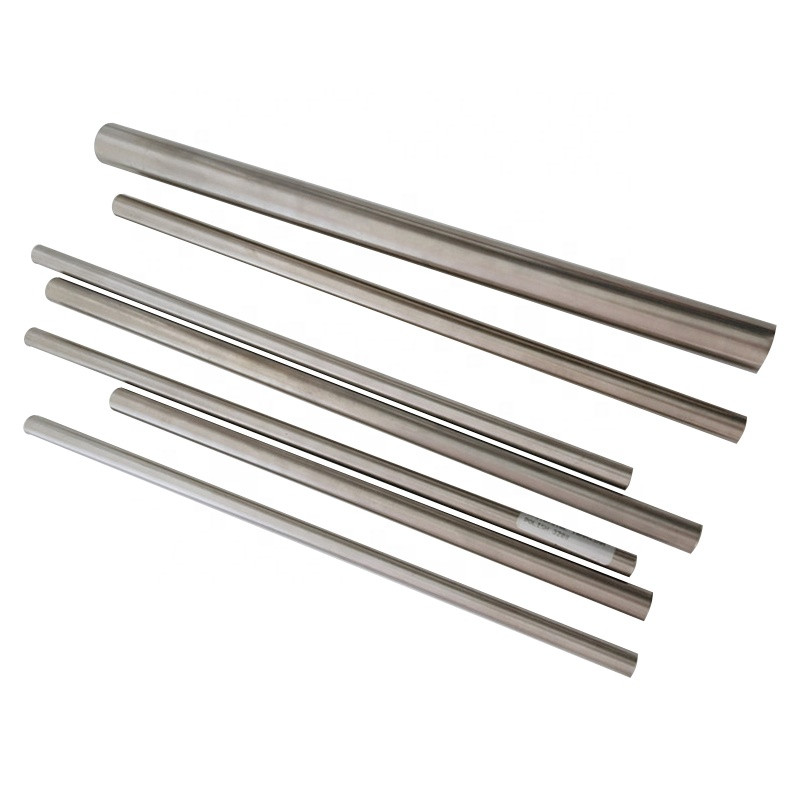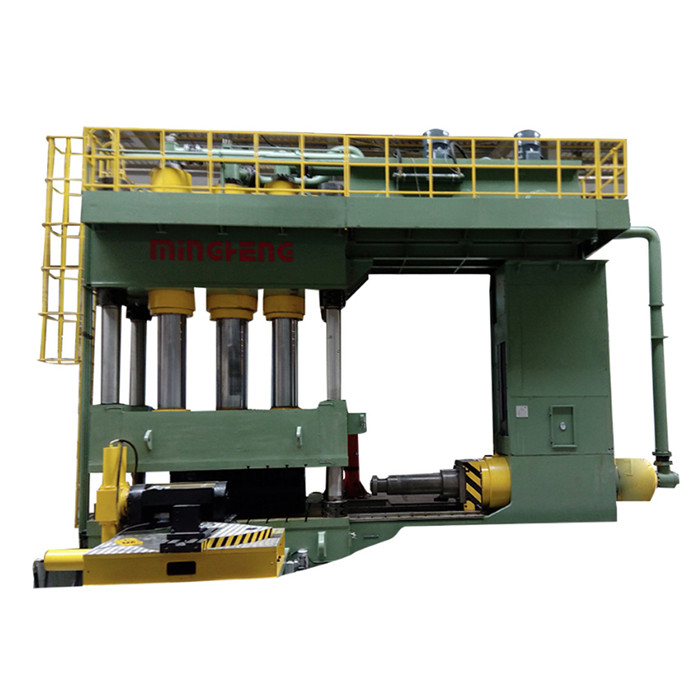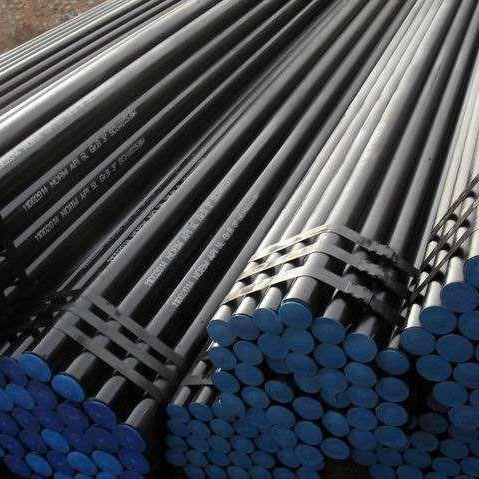Understanding the Critical Role of Heat Exchanger Tube in Industrial Processes
Heat exchangers are indispensable components across a vast spectrum of industrial applications, facilitating efficient thermal energy transfer between two or more fluids. At the core of every heat exchanger lies the heat exchanger tube, a critical element whose design, material, and manufacturing precision directly impact the system's overall performance, longevity, and operational efficiency. For B2B decision-makers and engineers, a profound understanding of these tubes is vital for optimizing process efficiency, reducing energy consumption, and ensuring compliance with stringent safety and environmental standards.
Current Industry Trends and Innovations
The landscape for industrial thermal management is continuously evolving, driven by global demands for sustainability, higher efficiency, and operational resilience. Key trends impacting the design and deployment of heat exchanger tube technologies include:
- Energy Efficiency Mandates: Growing pressure to reduce carbon footprints is accelerating the adoption of advanced finned tube designs, such as integral low-fin tubes and enhanced surface tubes, which significantly boost heat transfer coefficients with minimal pressure drop.
- Material Science Advancements: Research into novel alloys and composite materials is yielding tubes with superior corrosion resistance, high-temperature strength, and extended service life, crucial for harsh operating environments in chemical and petrochemical sectors.
- Digitalization and Predictive Maintenance: Integration of IoT sensors and AI-driven analytics for real-time monitoring of tube performance, enabling predictive maintenance and preventing costly unplanned shutdowns.
- Miniaturization and Compact Designs: Demand for smaller, more efficient heat exchangers, particularly in HVAC and refrigeration, leading to innovative tube geometries and compact bundle designs.
- Sustainability Focus: Emphasis on materials that are recyclable and manufacturing processes that minimize waste, aligning with circular economy principles.
The Manufacturing Process of a High-Quality Heat Exchanger Tube
The production of a reliable heat exchanger tube is a multi-stage, precision-intensive process, demanding stringent quality control at every step. This ensures the final product meets the exact specifications required for its intended application and withstands severe operational conditions.
Key Process Steps:
- Material Selection and Procurement: The process begins with selecting high-grade raw materials, typically seamless or welded pipes. Common materials include various grades of stainless steel (e.g., 304L, 316L, Duplex), carbon steel (e.g., sa179 tubes), copper, brass, titanium, and nickel alloys, chosen based on thermal conductivity, corrosion resistance, and mechanical strength requirements for specific operating fluids and temperatures.
- Tube Forming (Seamless/Welded):
- Seamless Tubes: Produced by piercing a solid billet and then rolling/drawing it to the desired dimensions. This method ensures uniform grain structure and superior pressure resistance, often specified for high-pressure or high-temperature applications.
- Welded Tubes: Formed from flat strips (skelp) that are rolled into a cylindrical shape and welded longitudinally. Advanced welding techniques, such as TIG or laser welding, ensure weld integrity and minimal heat-affected zones.
- Cold Drawing/Finning:
- Cold Drawing: Tubes are drawn through dies to achieve precise dimensions, improved surface finish, and enhanced mechanical properties.
- Finning Process: For enhanced heat transfer, tubes may undergo finning. This includes integral finning (cold forming fins directly from the tube wall), or attaching external fins (e.g., L-foot, G-fin, extruded finned tube, or longitudinal finned tube through welding or mechanical bonding). CNC machining plays a critical role in achieving precise fin geometries.
- Heat Treatment: Depending on the material and desired properties, tubes undergo various heat treatments (e.g., annealing, normalizing, tempering) to relieve stress, optimize microstructure, and enhance ductility or hardness.
- Cutting and End Preparation: Tubes are cut to specified lengths with high precision, and ends are prepared (e.g., deburred, chamfered) for easier installation and sealing.
- Surface Treatment: Cleaning, pickling, passivation, or other surface treatments may be applied to improve corrosion resistance or prepare for further coatings.
- Rigorous Testing and Quality Assurance: This is a critical phase, ensuring adherence to standards like ASTM, ASME, ISO, and ANSI.
- Non-Destructive Testing (NDT): Eddy current testing, hydrostatic testing (pressure testing), ultrasonic testing, and radiographic testing detect internal or surface flaws.
- Dimensional Inspection: Precision measurement of outer diameter, wall thickness, length, and straightness.
- Material Composition Analysis: Spectroscopic analysis to confirm chemical composition.
- Mechanical Property Tests: Tensile strength, yield strength, hardness, and impact resistance tests.
The typical service life of a well-maintained heat exchanger tube can range from 10 to 30 years, depending on operating conditions, material choice, and preventive maintenance schedules.

Technical Specifications and Parameters
Understanding the precise technical parameters of a heat exchanger tube is paramount for engineers designing or maintaining thermal systems. These parameters dictate suitability for specific environments, fluid characteristics, and performance targets.
Typical Product Specifications (Example: ASTM A179 / SA-179 Tubes)
SA179 tubes are a prime example of standard carbon steel tubes widely used in tubular heat exchangers, condensers, and similar heat transfer apparatuses. They are typically seamless cold-drawn low-carbon steel tubes for specific high-pressure and low-temperature applications.
| Parameter | Specification (ASTM A179 / SA-179) | Notes |
|---|---|---|
| Material Grade | Seamless Cold-Drawn Low-Carbon Steel | Specifically for heat exchangers and condensers. |
| Outer Diameter (OD) Range | Typically 6.35 mm to 101.6 mm (0.25 in to 4.0 in) | Custom sizes available per project. |
| Wall Thickness (WT) Range | Typically 0.9 mm to 8.0 mm (0.035 in to 0.315 in) | Determines pressure resistance and thermal conductivity. |
| Length | Up to 24 meters (78.7 ft), or cut to specific requirements. | Standard or customized lengths. |
| Tensile Strength (Min) | 310 MPa (45 ksi) | Mechanical strength at rupture. |
| Yield Strength (Min) | 180 MPa (26 ksi) | Point at which material begins to deform permanently. |
| Elongation (Min) | 35% | Ductility measurement. |
| Hardness (Max) | 72 HRB (Rockwell B) | Resistance to indentation. |
| Heat Treatment | Heat-treated after the final cold-draw pass. | Improves mechanical properties. |
| Testing Standards | Hydrostatic or NDT (Eddy Current or Ultrasonic) | Ensures integrity and absence of defects. |
For applications demanding higher heat transfer rates, manufacturers often turn to enhanced surface tubes, such as integrally finned tube, which feature extended surfaces directly formed from the tube material. These designs can increase the heat transfer area by 2-3 times compared to bare tubes of the same length, leading to more compact and efficient heat exchangers.
Application Scenarios Across Diverse Industries
The versatility of the heat exchanger tube makes it a cornerstone in countless industrial operations. Its selection is often dictated by the specific fluid characteristics, temperature differentials, and corrosive potential of the operating environment.
Target Industries:
- Petrochemical and Oil & Gas: Used in refineries, chemical plants, and offshore platforms for processes like crude oil preheating, gas cooling, and chemical reaction temperature control. Corrosion resistance and high-pressure capabilities are paramount.
- Power Generation: Essential in condensers, feedwater heaters, and auxiliary coolers in fossil fuel, nuclear, and renewable energy (e.g., geothermal) power plants. High thermal efficiency and resistance to fouling are critical.
- HVAC and Refrigeration: Found in chillers, air conditioners, and industrial refrigeration units for comfort cooling and process temperature management. Enhanced surface tubes (e.g., finned tube) are common to maximize heat transfer in compact spaces.
- Food and Beverage: For pasteurization, sterilization, and cooling of food products, requiring hygienic materials (e.g., stainless steel) and easy-to-clean designs.
- Water Supply & Drainage / Desalination: In cooling systems, wastewater treatment, and especially in multi-effect distillation (MED) and multi-stage flash (MSF) desalination plants where resistance to saline corrosion is critical.
- Metallurgy: In quenching processes, furnace cooling, and continuous casting systems, where high-temperature resistance and robust construction are necessary.
- Pharmaceutical: For precise temperature control in drug manufacturing, requiring ultra-pure materials and highly sanitary designs.
Advantages in Typical Application Scenarios:
- Energy Saving: Optimized tube designs, like the longitudinal finned tube, significantly enhance heat transfer efficiency, reducing the energy required to achieve desired temperature changes. This translates directly to lower operational costs and reduced CO2 emissions.
- Corrosion Resistance: Utilizing specialized materials (e.g., Duplex, Titanium) ensures long-term integrity in highly corrosive environments, minimizing maintenance and replacement costs, particularly in chemical processing and marine applications.
- Extended Service Life: High-quality materials and manufacturing processes contribute to a longer operational lifespan, reducing the total cost of ownership (TCO) over the equipment's lifetime.
- Enhanced Safety: Tubes manufactured to international standards (e.g., ASME BPV Code) and rigorously tested minimize the risk of leaks and catastrophic failures, ensuring operational safety and environmental protection.
Technical Advantages and Customization Solutions
The selection and design of a heat exchanger tube are highly specialized, offering numerous technical advantages when tailored correctly to specific applications. These advantages often stem from advanced material engineering and precision manufacturing.
Key Technical Advantages:
- Superior Thermal Performance: Through optimized geometries, enhanced surfaces (e.g., finned tube, micro-finning), and high-conductivity materials, tubes maximize heat transfer rates, leading to more compact and efficient heat exchangers.
- Robust Mechanical Integrity: Cold-drawn seamless tubes offer excellent pressure resistance and withstand thermal cycling and vibration, ensuring structural stability over extended operational periods.
- Versatility in Material Selection: The ability to choose from a wide array of alloys – carbon steel, stainless steel, nickel alloys, titanium, copper alloys – allows for precise matching of chemical resistance and thermal properties to specific process fluids.
- Reduced Fouling Tendency: Smooth internal and external surfaces, combined with specific material treatments, can minimize the adherence of deposits, thereby maintaining heat transfer efficiency and reducing cleaning frequency.
Customized Solutions: Tailoring the Heat Exchanger Tube to Your Needs
Off-the-shelf solutions rarely provide optimal performance for complex industrial applications. Leading manufacturers offer extensive customization capabilities to meet unique project requirements:
- Specialized Alloys: Providing tubes in exotic materials like Hastelloy, Inconel, or Zirconium for extreme temperatures, highly corrosive media, or nuclear applications.
- Custom Geometries: Manufacturing tubes with non-standard diameters, wall thicknesses, lengths, or specific fin configurations (e.g., varying fin density on finned tube) to optimize fluid dynamics and heat transfer for a given application.
- Enhanced Surface Treatments: Applying internal coatings (e.g., for anti-fouling), polished surfaces for sanitary applications, or specific surface roughness for turbulence promotion.
- Precision Machining: Advanced CNC machining for exact end preparation, grooving, or specific bore finishes to ensure perfect fitment and sealing within the heat exchanger bundle.
- Compliance with Niche Standards: Adhering to specific industry or regulatory standards beyond common ASTM/ASME codes, such as those for nuclear power (ASME N-stamp), aerospace, or pharmaceutical applications.

Vendor Comparison: Key Differentiators
Choosing the right supplier for heat exchanger tube is a strategic decision that impacts project timelines, budget, and long-term operational reliability. A comprehensive vendor comparison should go beyond mere pricing to evaluate critical factors.
| Factor | High-Quality Vendor | Standard Vendor |
|---|---|---|
| Material Sourcing & Quality | Only certified raw materials from reputable mills, full traceability and MTRs (Material Test Reports). Wide range of standard & exotic alloys. | May use less stringent sourcing, limited traceability, primarily common materials. |
| Manufacturing Precision | Advanced cold drawing, finning (e.g., precise longitudinal finned tube production), and CNC machining, resulting in tight dimensional tolerances and superior surface finish. | Basic processes, potentially wider tolerances, less consistent surface quality. |
| Quality Control & Testing | Comprehensive in-house NDT (Eddy Current, Ultrasonic, Hydrostatic), compliance with international standards (ISO 9001, ASME, ASTM). | Minimal NDT, reliance on external labs, potentially fewer certifications. |
| Customization & Engineering Support | Strong R&D, engineering team for design consultation, custom material selection, and unique tube geometries (e.g., custom finned tube for specific heat duties). | Limited customization options, basic technical support. |
| Lead Time & Logistics | Reliable lead times, efficient global logistics, strong supply chain management. | Variable lead times, potential for delays, less robust logistics. |
| After-Sales Support & Warranty | Proactive support, comprehensive warranty, quick response to issues. | Limited support, basic warranty. |
Application Case Studies
Case Study 1: Enhanced Efficiency in a Petrochemical Plant
A major petrochemical complex faced persistent challenges with fouling and inefficient heat recovery in its crude oil preheating section. Existing plain carbon steel heat exchanger tube bundles required frequent cleaning and replacement, leading to significant downtime and increased operational costs. Our team collaborated with the plant engineers to design and supply custom finned tube bundles made of a specialized stainless steel alloy (316L). The integral fin design significantly increased the heat transfer surface area, improving thermal efficiency by 25% and reducing fuel consumption for downstream heaters. The enhanced corrosion resistance of 316L also extended the tube bundle's service life by over 50%, reducing maintenance cycles and associated costs by 30% annually. This strategic upgrade of the tube and tube heat exchanger components led to an estimated payback period of under 18 months.
Case Study 2: Desalination Plant Lifespan Extension with Titanium Tubes
A large-scale multi-stage flash (MSF) desalination plant in the Middle East was experiencing rapid corrosion and failure of copper-nickel heat exchanger tube bundles due to the aggressive saline environment and fluctuating brine temperatures. This led to compromised potable water production and high repair expenses. After a thorough analysis, we recommended replacing the existing bundles with seamless titanium tubes. Titanium's exceptional corrosion resistance to seawater and brine, combined with its high strength-to-weight ratio, proved ideal. The new titanium heat exchanger tube installation resulted in a projected service life increase from 5-7 years to over 20 years, dramatically reducing tube replacement frequency and ensuring uninterrupted operation. This long-term solution significantly improved the plant's reliability and reduced its total cost of ownership by millions over the extended lifespan.
Ensuring Trust and Authority: Our Commitment
Our dedication to quality and reliability is underscored by our adherence to international standards and robust customer support framework.
- Certifications: We operate under a strict ISO 9001:2015 certified Quality Management System, ensuring consistent quality across all manufacturing stages for every heat exchanger tube we produce. Our products also comply with major international standards such as ASME, ASTM, EN, and JIS.
- Experience: With over two decades of specialized experience in material science and thermal engineering, we have delivered custom tube solutions to a global clientele, including leading enterprises in the oil & gas, power generation, and chemical sectors.
- Lead Time & Fulfillment: Standard product lead times typically range from 4-8 weeks, depending on material availability and order complexity. For urgent requirements, expedited manufacturing and logistics options are available. Our robust supply chain ensures timely delivery and project continuity.
- Warranty Commitments: All our heat exchanger tube products come with a comprehensive warranty against manufacturing defects, typically covering 12-24 months from the date of installation or 18-30 months from shipment, whichever comes first, demonstrating our confidence in product quality.
- Customer Support: Our dedicated technical support team is available for pre-sales consultation, design assistance, and post-sales service, ensuring prompt resolution of any inquiries or operational challenges. We offer 24/7 online support and on-site assistance for critical projects.
Frequently Asked Questions (FAQ)
Q1: How do I choose the correct material for a heat exchanger tube?
A1: Material selection depends on several factors: the corrosive nature of the fluids (both shell and tube side), operating temperature and pressure, desired thermal conductivity, and cost. Common materials include carbon steel (like sa179 tubes), stainless steel (304, 316, Duplex), copper alloys, titanium, and nickel alloys. Consulting with our engineering team for a detailed application analysis is highly recommended.
Q2: What are the benefits of using a finned tube over a bare tube?
A2: Finned tubes, especially integral finned tube and longitudinal finned tube, significantly increase the outer surface area for heat transfer, which is particularly beneficial when the heat transfer coefficient of the outer fluid is low (e.g., gases). This leads to more compact heat exchanger designs, higher thermal efficiency, and often lower overall capital costs for a given heat duty.
Q3: How often should heat exchanger tube bundles be inspected or replaced?
A3: Inspection frequency depends heavily on the application, fluid corrosivity, operating conditions, and material choice. Regular NDT (Non-Destructive Testing) such as eddy current or ultrasonic testing is recommended during scheduled shutdowns, typically every 1-5 years. Replacement schedules vary widely, from 5 years in highly aggressive environments to over 30 years for well-maintained systems with suitable materials.
Q4: Can you provide custom sizes and materials for a specific tube and tube heat exchanger design?
A4: Yes, customization is a core part of our service. We specialize in producing tubes to precise client specifications, including non-standard diameters, wall thicknesses, lengths, and custom materials or fin configurations. Our engineering team works closely with clients to optimize designs for specific thermal performance requirements and operational challenges.
References
- American Society of Mechanical Engineers (ASME) Boiler and Pressure Vessel Code, Section II, Materials.
- ASTM International Standards for Metallic Materials.
- International Organization for Standardization (ISO) 9001:2015 - Quality management systems.
- Heat Exchanger Design Handbook by G.F. Hewitt, G.L. Shires, and T.R. Bott.
Post time: Sep . 22, 2025 12:10



